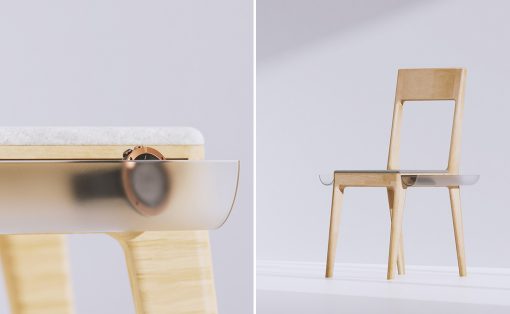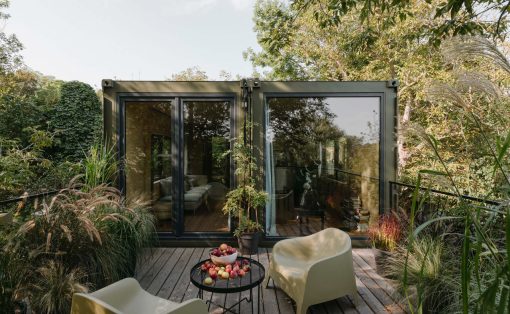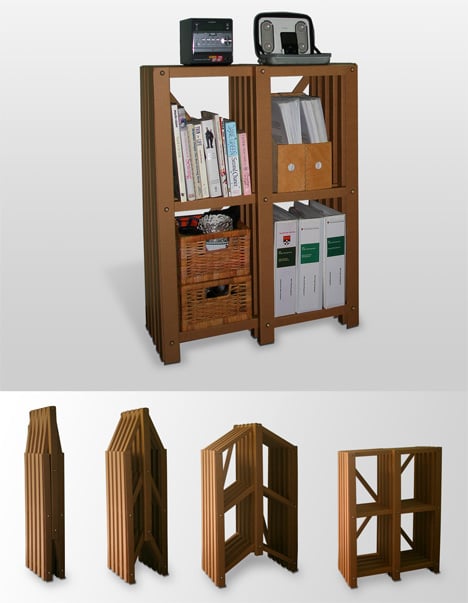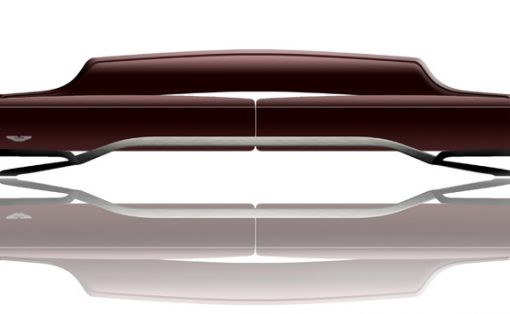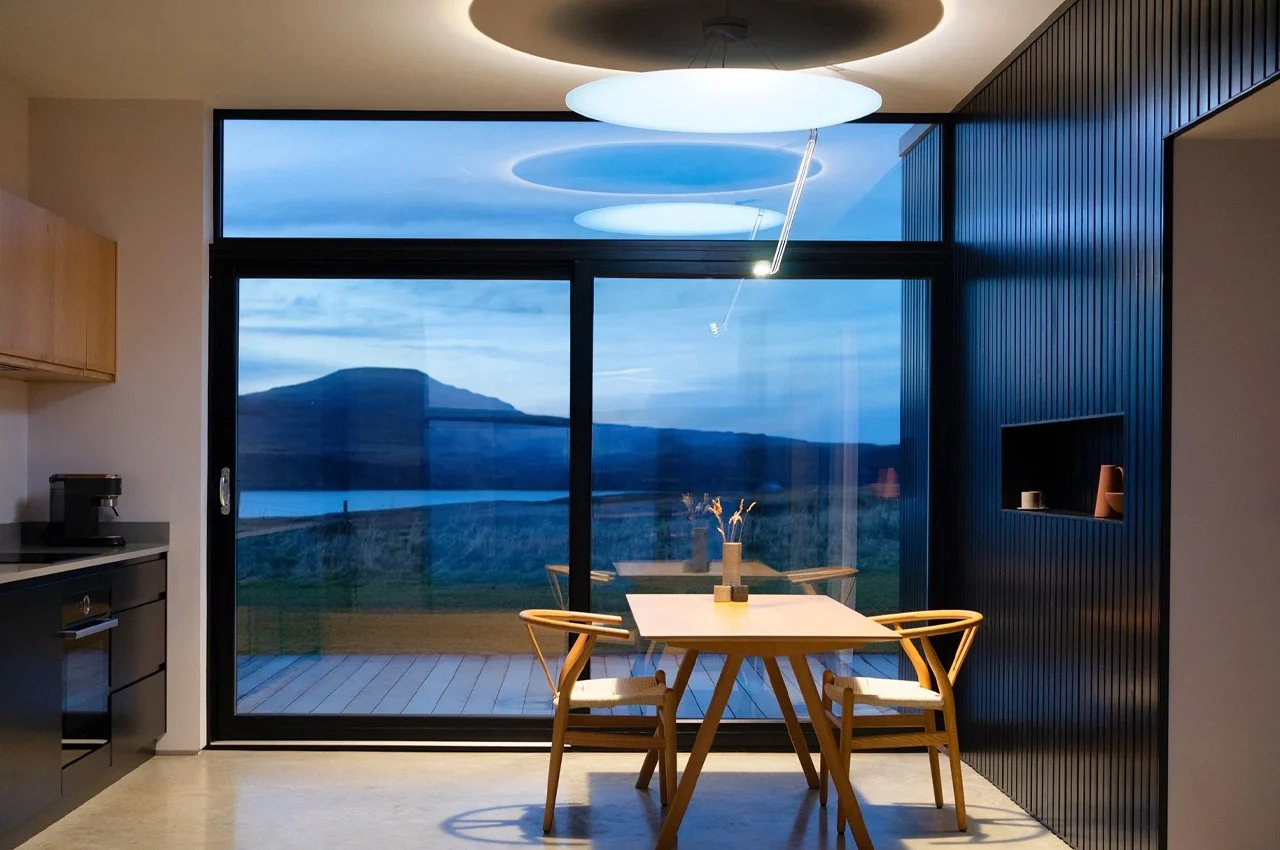
In interior design, lighting is a crucial element that binds the space together. It serves both a functional purpose and adds the final touch to the design. However, lighting can present various challenges in interior settings and poor lighting design can adversely affect the well-being and productivity of occupants, Here are solutions to some common lighting issues that can be present in your home.
Designer: Nat Martin and Sean Hammett
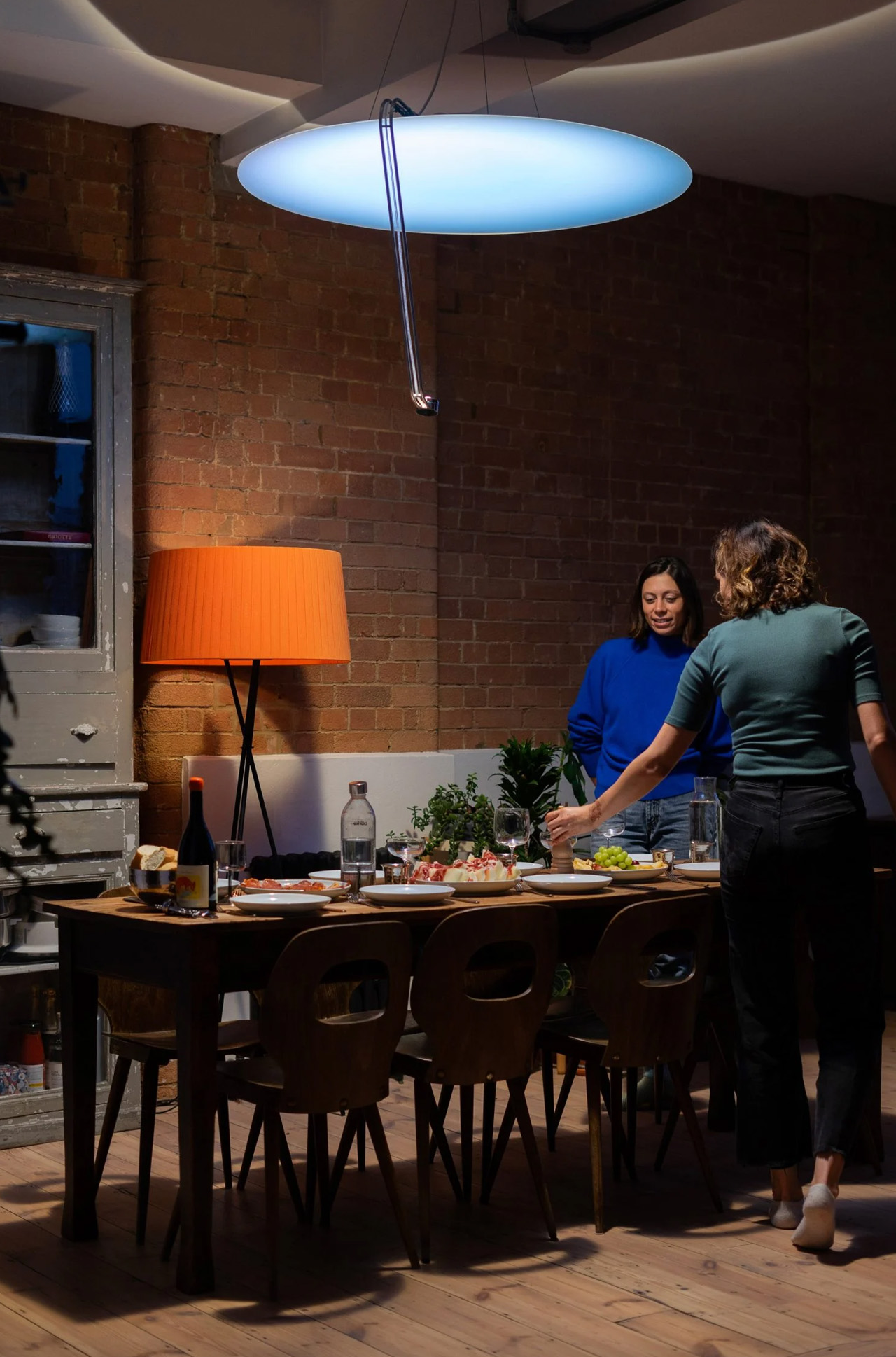
Problem 1: No Natural Light
One of the biggest lighting problems is insufficient lighting due to a lack of natural light or inadequate artificial illumination, which may result in eye strain, headaches, and fatigue. If your home lacks natural light, it is important to create a bright and airy feel with clever lighting choices. In spaces that lack natural light, opt for light-colored walls as these surfaces reflect light and create a bright and spacious atmosphere. This is achieved by bouncing light around the room. Make a note that dark walls and surfaces tend to absorb light and reduce the overall brightness of the space. It is important to use a mix of light sources to maximize brightness choose reflective materials like glass and metallics, and strategically position the mirrors to enhance the luminosity.
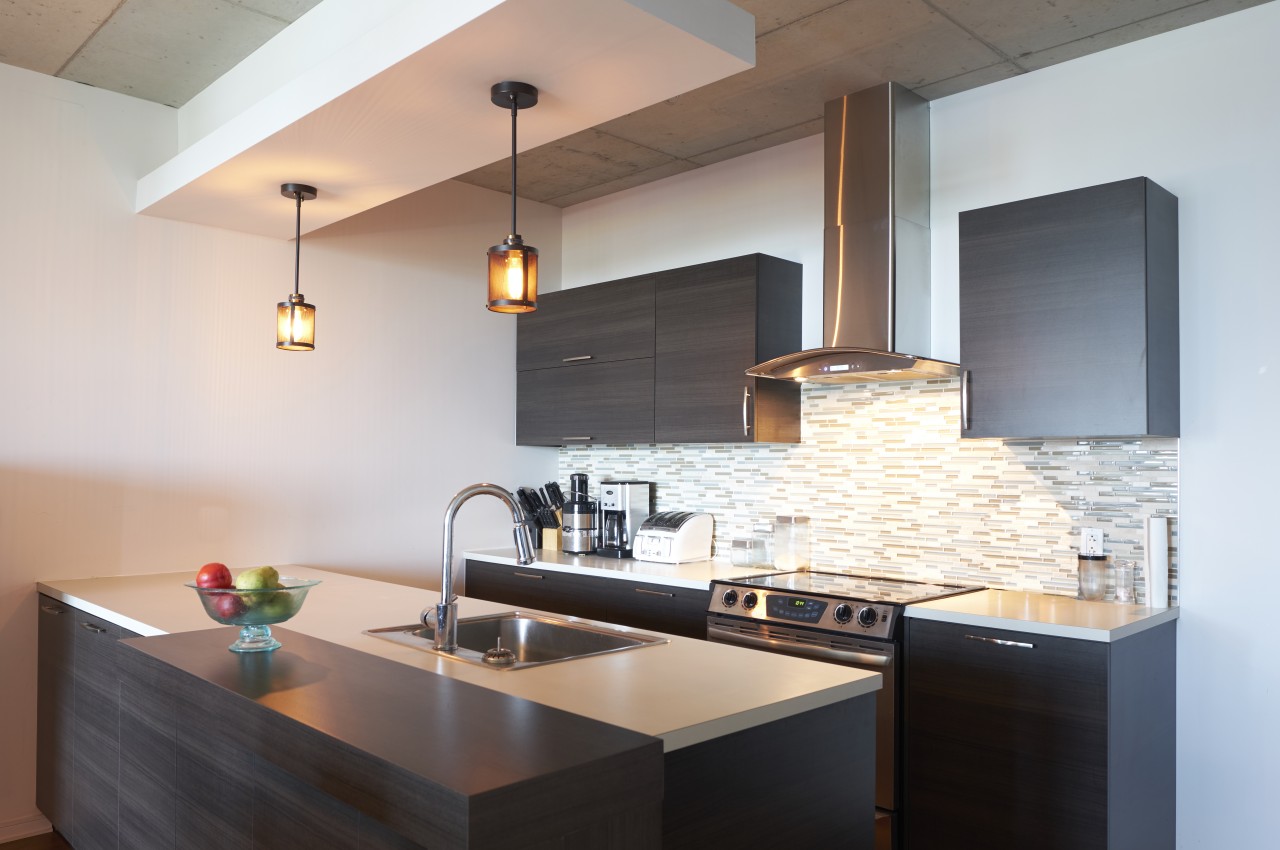
Image courtesy of: Mint_Images
Problem 2: Incorrect Size of Lighting Fixtures
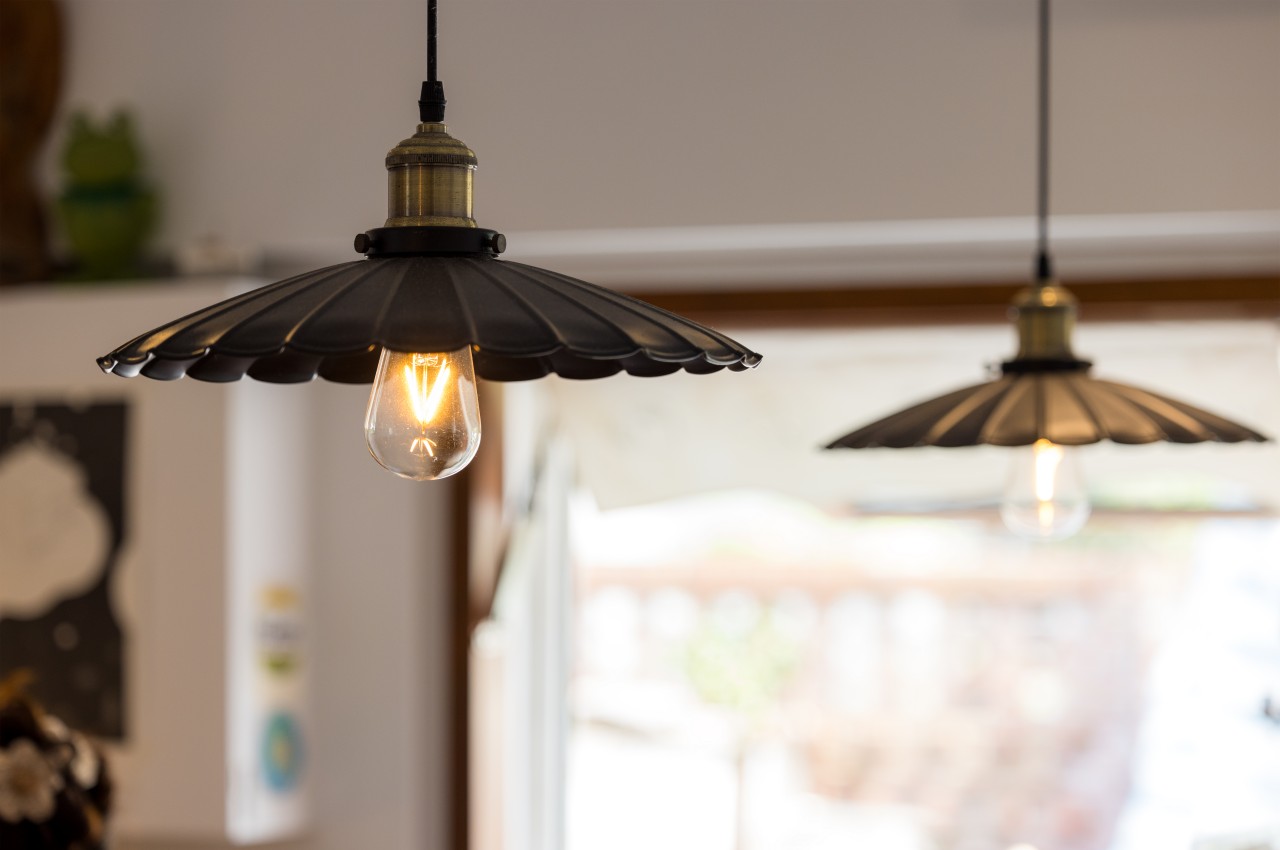
Image courtesy of: leungchopan
When designing any space, make sure that the ceiling-mounted lights and pendant lights match the proportions of the room. Note that small fixtures might not offer enough light, while oversized ones can overpower the space. Additionally, proper spacing of recessed lighting is essential to prevent having an overly bright space. Therefore a thoughtful lighting plan is important to have a balanced lighting scheme. Consider adding a dimmer switch for flexibility in brightness adjustment to suit your needs or mood. For instance, dimming the lights during movie nights is important, and adding a dimmer switch, along with other lighting tips, will ensure that the house is illuminated perfectly.
Problem 3: A Cold Ambiance
White light or a single source of white light can create a cold and uninviting atmosphere within the home. The various types of lighting can be categorized as either “warm” or “cold.” Blueish-white light tends to feel colder and more energizing, while yellow-white light is warmer and induces relaxation. Note that lightbulbs emit light with a color temperature measured in Kelvin (K) where lower Kelvin values indicate warmer light. Choose lighting within the range of 2,500-3,000K for relaxing areas like the living room, dining room, or bedroom. Incorporate a layered lighting scheme to create a warm and cozy atmosphere. This can be achieved by integrating ambient, task, and accent lighting at different levels throughout the interiors.
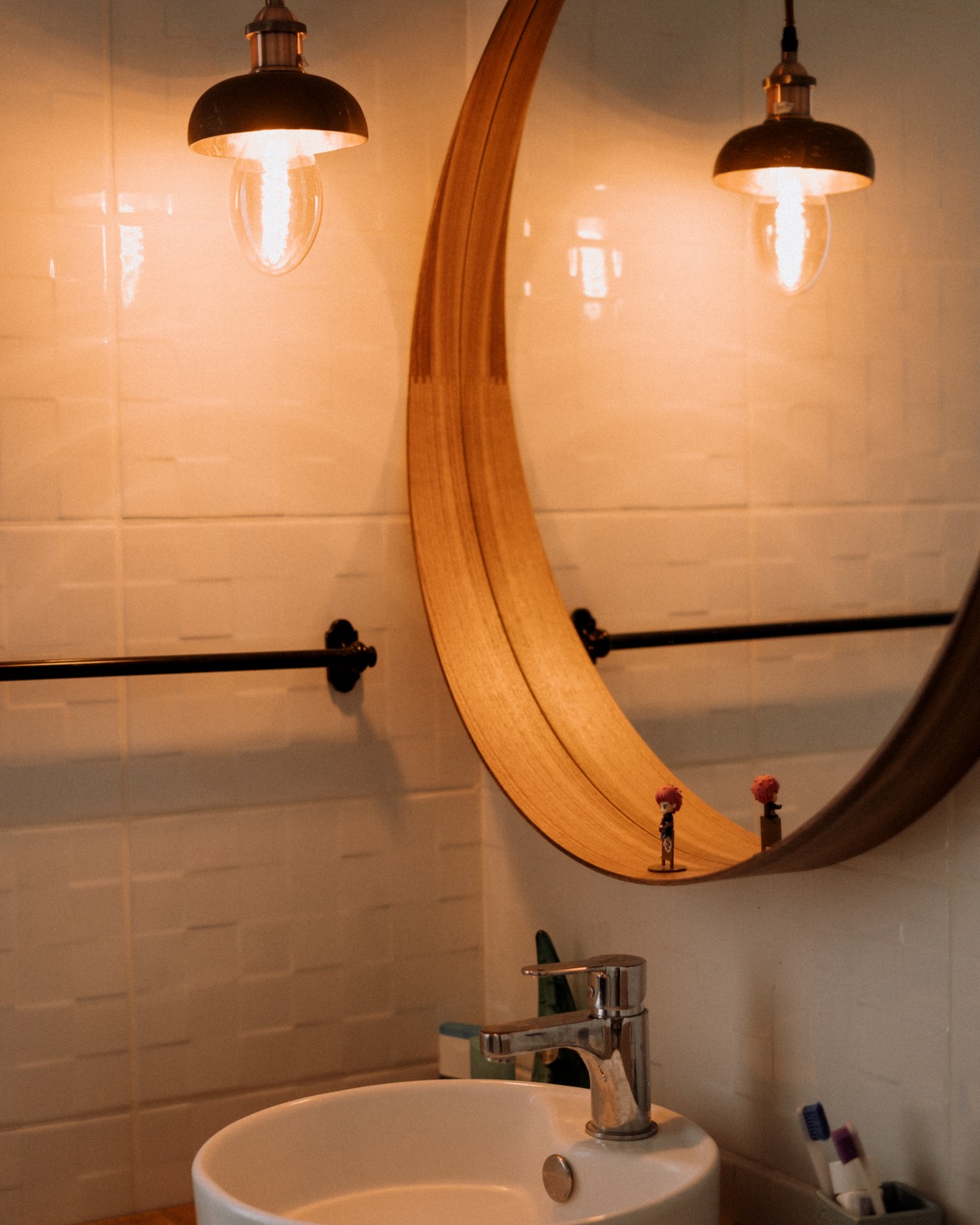
Image courtesy of: LesiaScotch
• Ambient lighting combines natural light and fixtures like ceiling-mounted lights, tube lights, pendant lights, and recessed cove lighting that take care of the overall illumination of the home. Install dimmer switches to adjust the brightness and mood of different areas of the home.
• Task lighting illuminates work areas such as kitchen countertops, study tables, desks, or bathroom mirrors. Adequate task lighting and focused illumination can be achieved with table lamps, floor lamps, sconce lights, and under-cabinet lights.
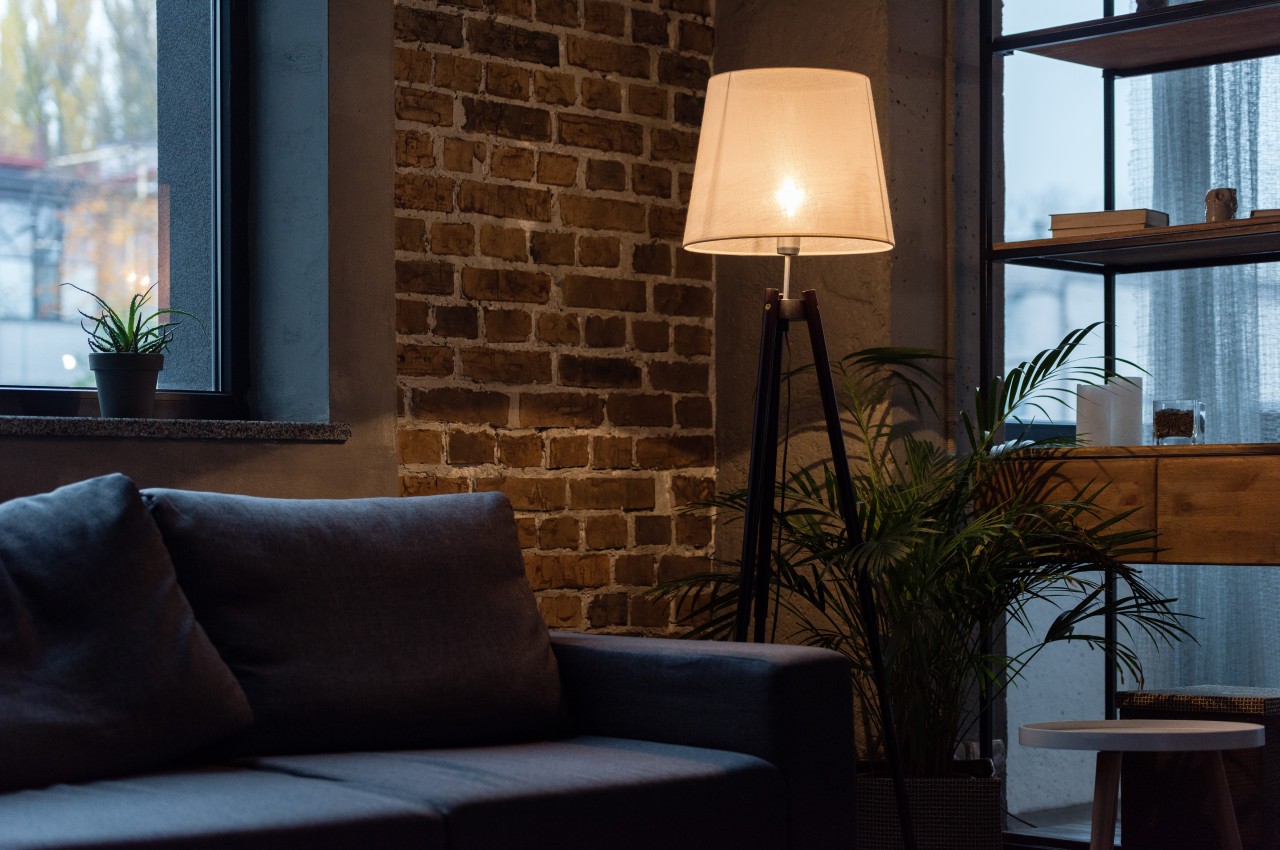
Image courtesy of: LightFieldStudios
• Accent lighting is primarily used to highlight and add visual interest to decorative elements, architectural design features, wall art, and display cabinets within the home.
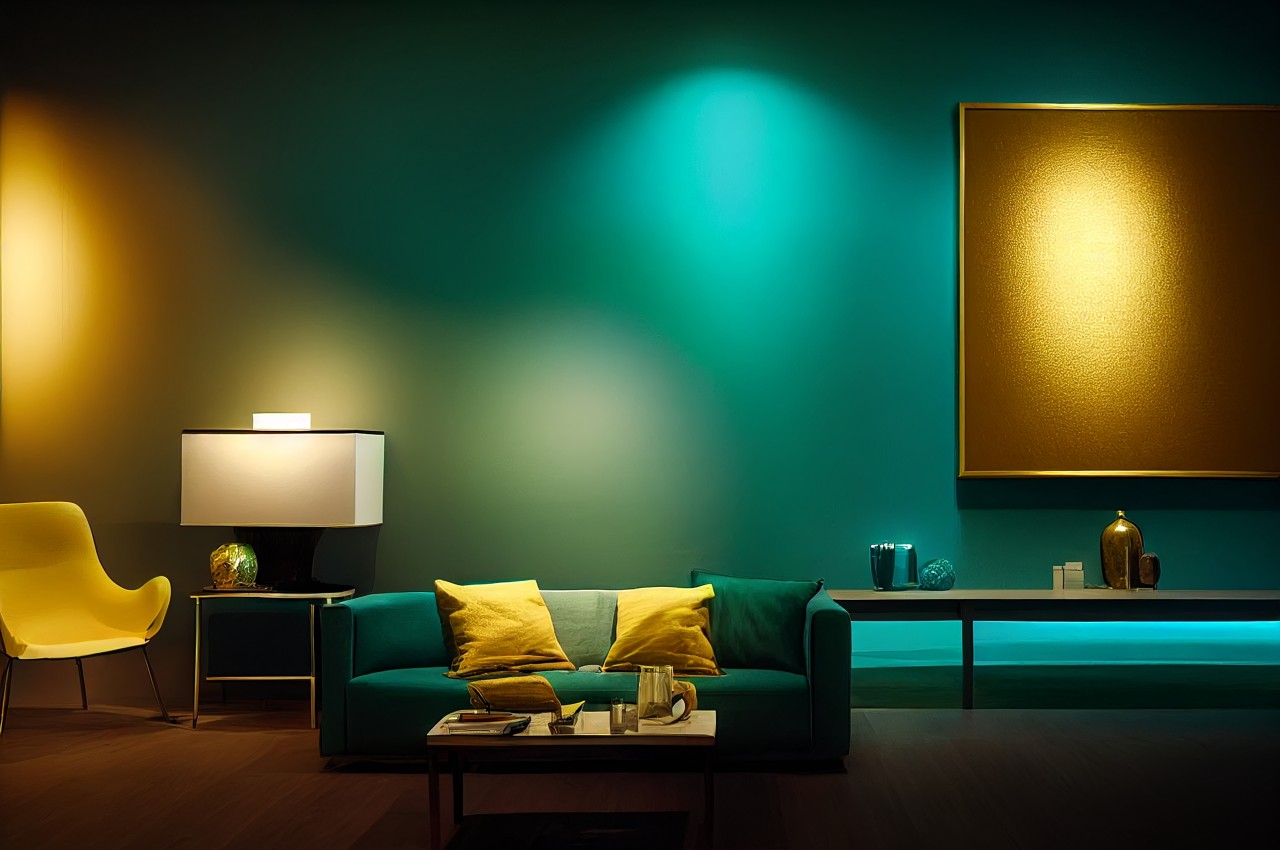
Image courtesy of: Studio_OMG
Problem 4: Low Ceilings
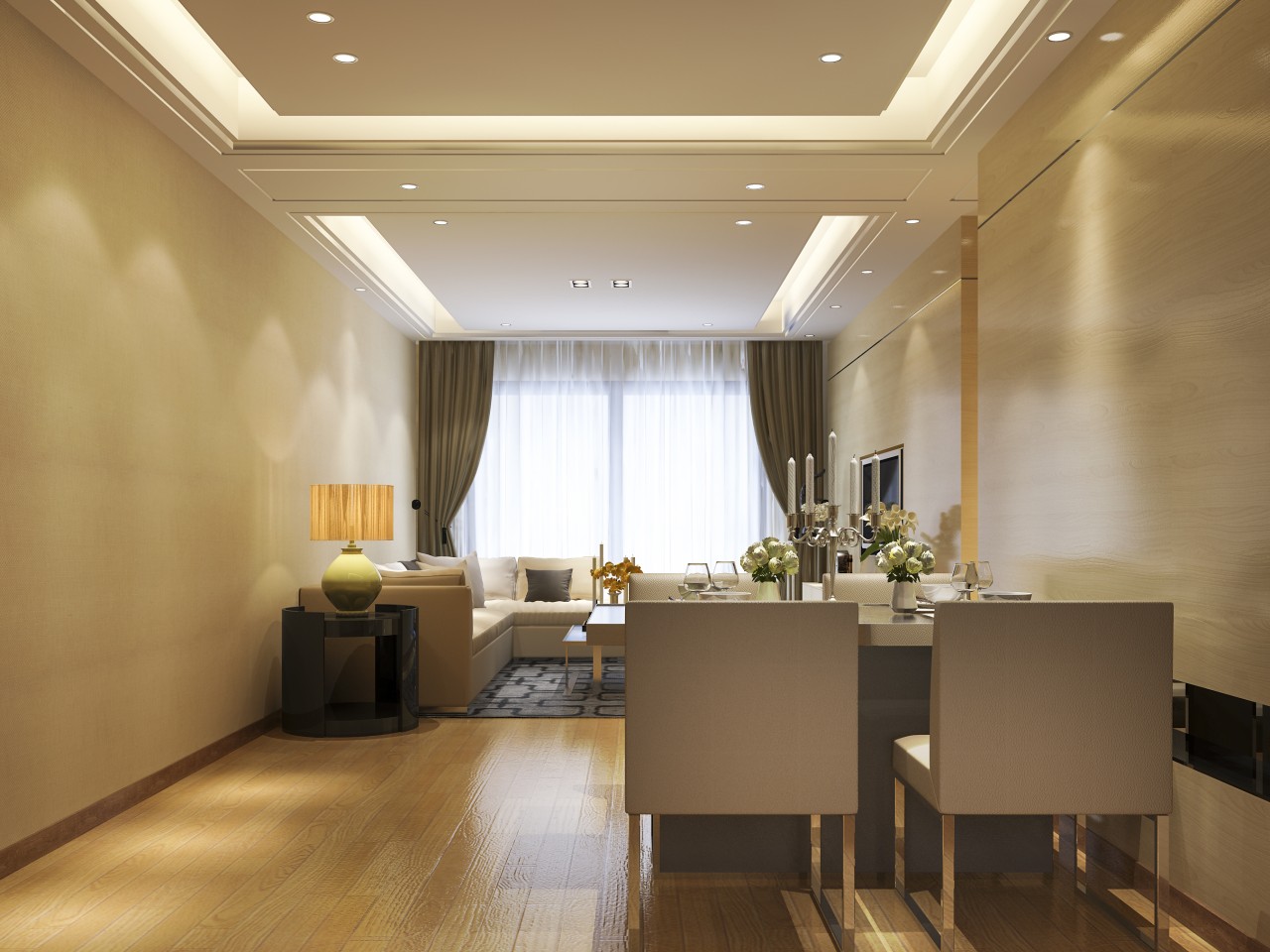
Image courtesy of: dit26978
Low ceilings can create a dark, cramped atmosphere in a room. When lighting such spaces, it is important to aim for an even and balanced distribution of light. Avoid using large or low-hanging pendant lights that draw attention to the ceiling and tend to make the room feel smaller. Note that living rooms illuminated solely by recessed downlights often feel clinical and chilly. An easy solution is to angle the recessed lights so they bounce off the walls instead of shining straight down. This softens their effect and instantly adds warmth to the room.
Problem 5: Dark Countertop
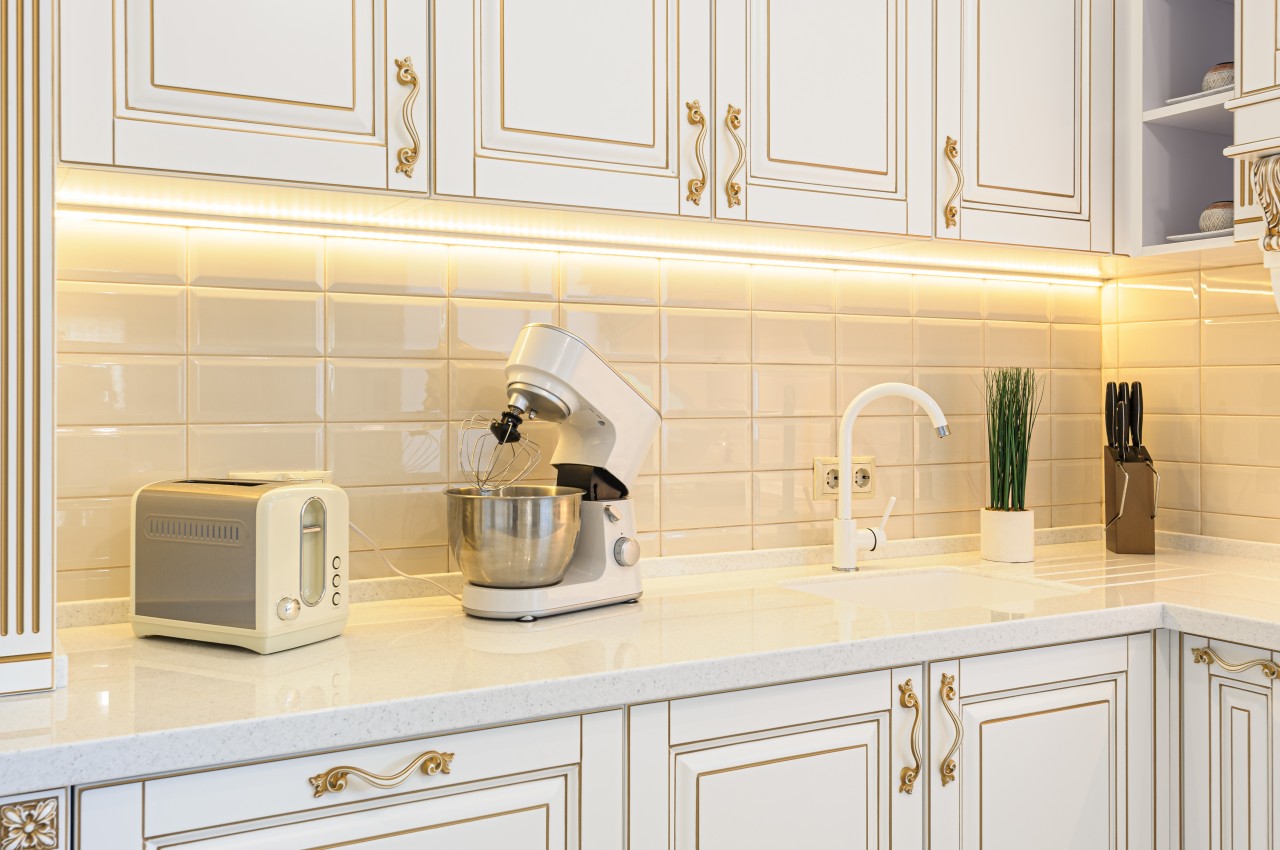
Image courtesy of: staRRush
Task lighting is very important in highly functional areas like the kitchen. However, it has been observed that the overhead cabinets cast shadows on the countertop and lead to poorly lit areas for food preparation and cooking. Therefore, it is highly recommended to install under-cabinet lighting to enhance the brightness and achieve focused lighting on the cooktop, especially for cooking tasks. Upgrading pendant lights can enhance islands, with options ranging from chic to minimalist. A combination of under-cabinet and above-cabinet lighting can enhance the overall look and ambiance of the interiors.
Problem 6: Lighting an Open-Plan Home
Open-plan spaces are fantastic but can be tricky to make feel cozy. To achieve a comfortable atmosphere, lighting can be used to demarcate the kitchen, dining area, and living area into distinct zones. The best part is that each zone has its lighting requirements. For instance, the kitchen should have adequate task lighting, while there should be mood lighting in the living and dining areas. By demarcating spaces with lighting, each area can have its purpose and personality.
Problem 7: Eliminate Shadows
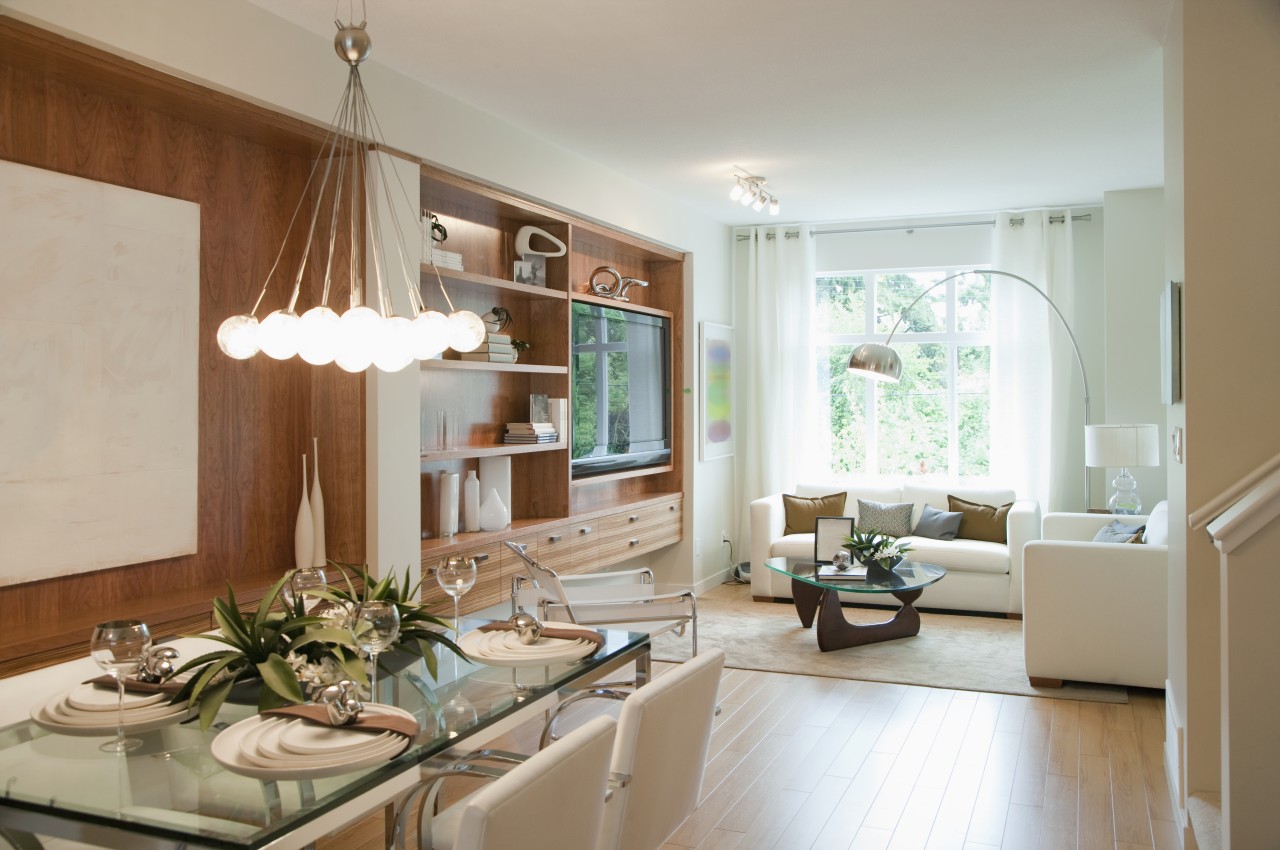
Image courtesy of: Mint_Images
As shadows tend to create dark areas within the home, it is important to strategically position the lights to avoid unwanted shadows. In the kitchen, there should be adequate task lighting not only for the countertop but for work areas like the counters and sinks. In the bathroom, avoid bright overhead lights to prevent shadows and go for wall lights on either side of the mirror to provide practical light without shadows.
Problem 8: Glare
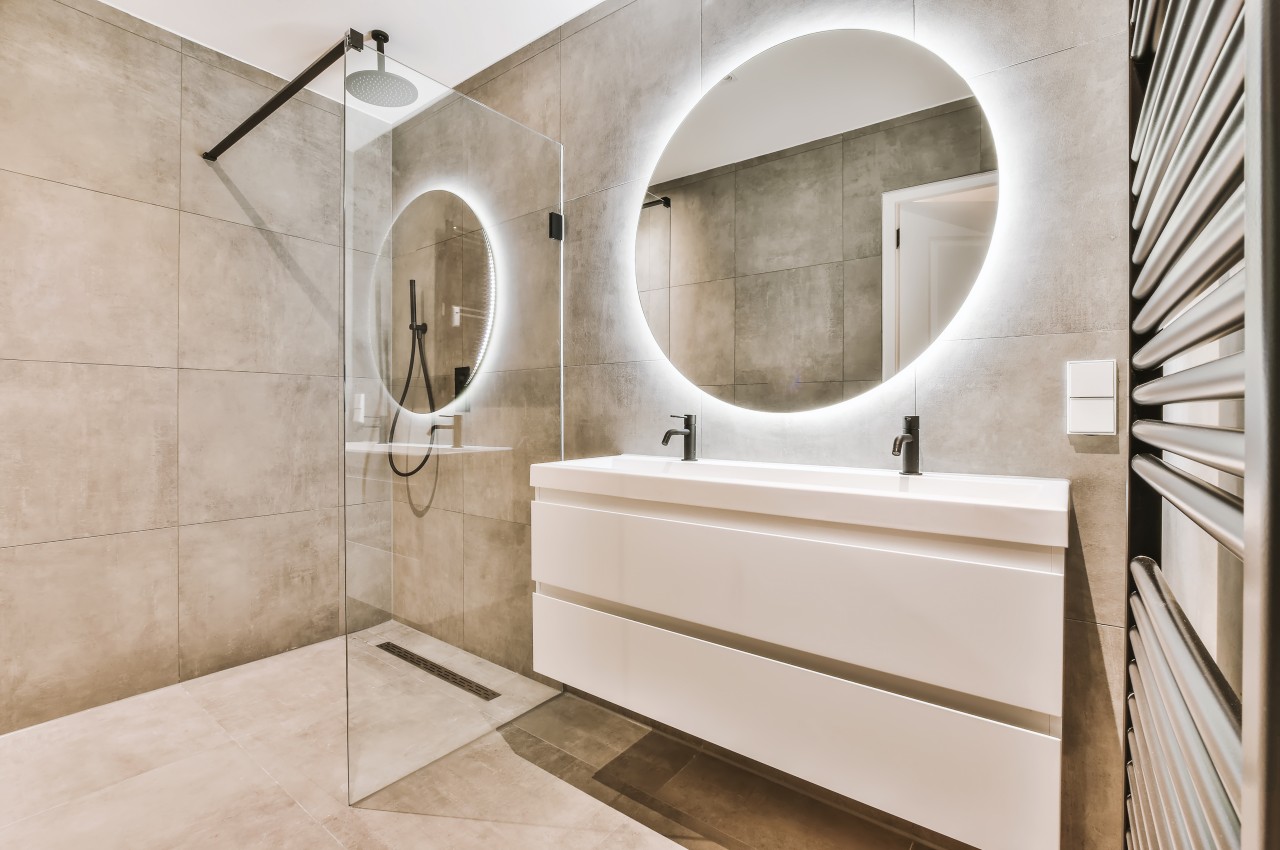
Image courtesy of: pro_creator
Glare is a common lighting issue that occurs when bright light or reflections interfere with the visibility of the object. It can cause discomfort especially if there is glare on the TV or computer screen. Note that reflected glare comes from shiny surfaces, while direct glare arises from overly bright fixtures or sunlight. To address glare, it is important to adjust the lighting fixtures, use diffusers or shades, opt for matte surfaces, position screens strategically, adjust monitor settings, control natural light with curtains or blinds, and add task lighting. These measures will effectively reduce glare and enhance comfort alongside productivity.
Problem 9: Flickering Lights
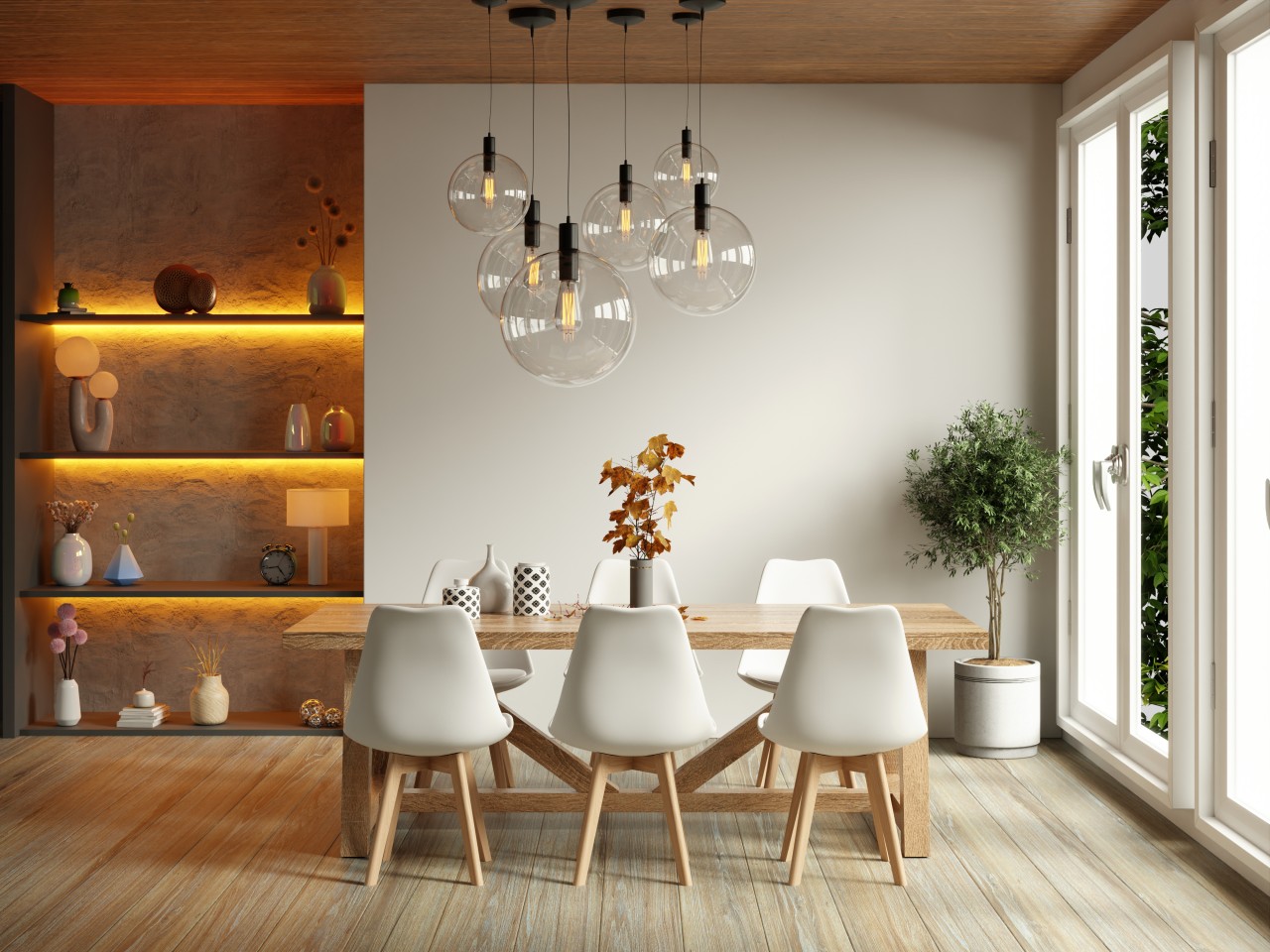
Image courtesy of: vanitjan
Flickering lights can be both irritating and potentially hazardous as it is usually caused due to loose connections, faulty switches, incompatible dimmers, or overloaded circuits. To address this issue, it is important to switch off the power and inspect the wiring for any loose or damaged connections. Make it a point to tighten or replace faulty wires, test switches, or dimmers with a multimeter, and replace any defective lights and switches if any. Additionally, make sure that the circuit load does not exceed the breaker’s capacity by reducing the number of lights or appliances on the circuit. It is important to replace or repair faulty bulbs, that cause flickering and consistent maintenance is essential for averting problems and prolonging the lifespan of the lighting fixtures.
Problem 10: Absence of Decorative Lighting
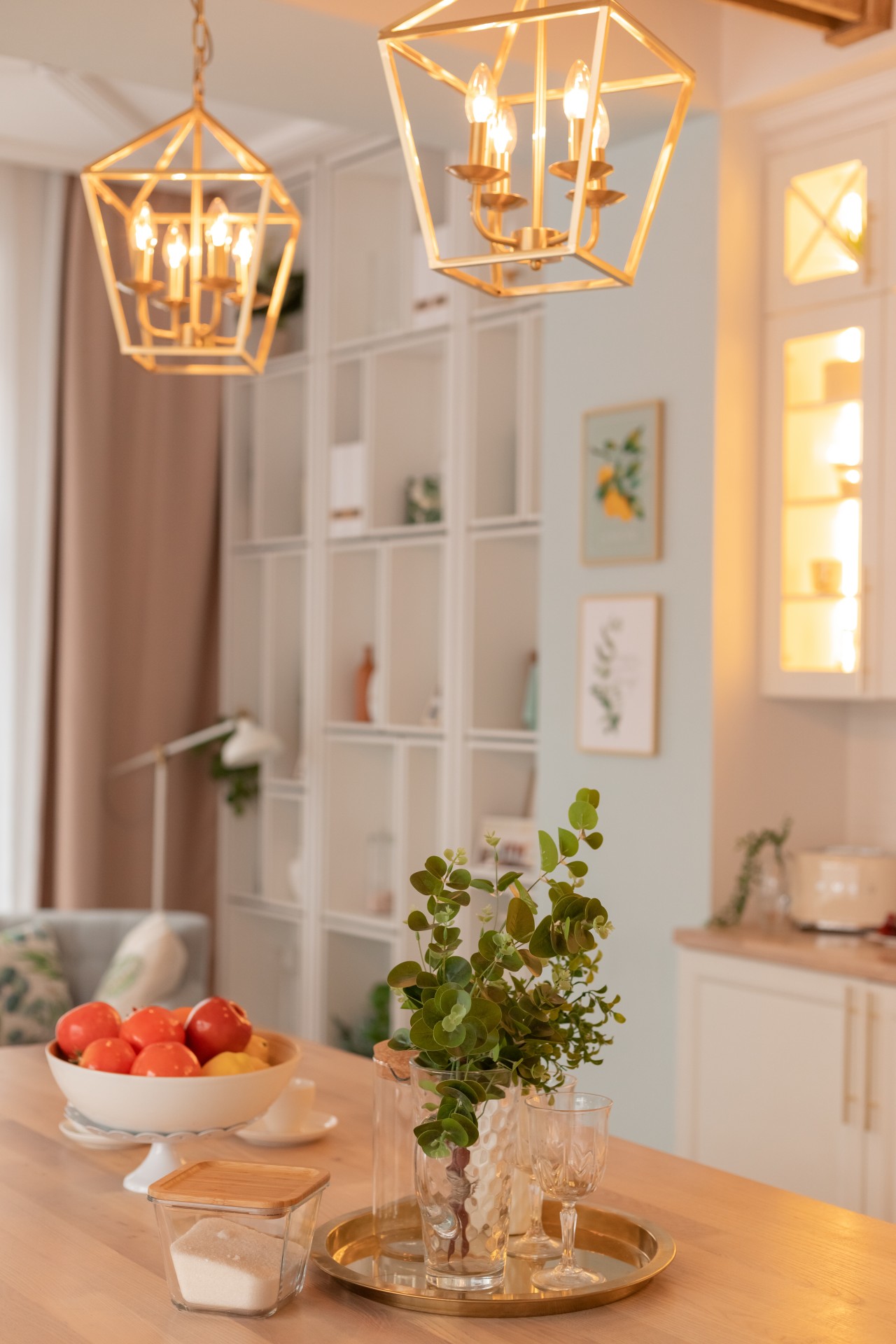
Image courtesy of: Ulyasage
Make sure that your interior spaces have character and decorate your space with decorative fixtures, such as pendant lights or chandeliers, to add visual interest and enhance the overall aesthetics of the home. Switching from energy-consuming incandescents and fluorescents to efficient LEDs can help conserve both energy and money while achieving the desired aesthetic.



